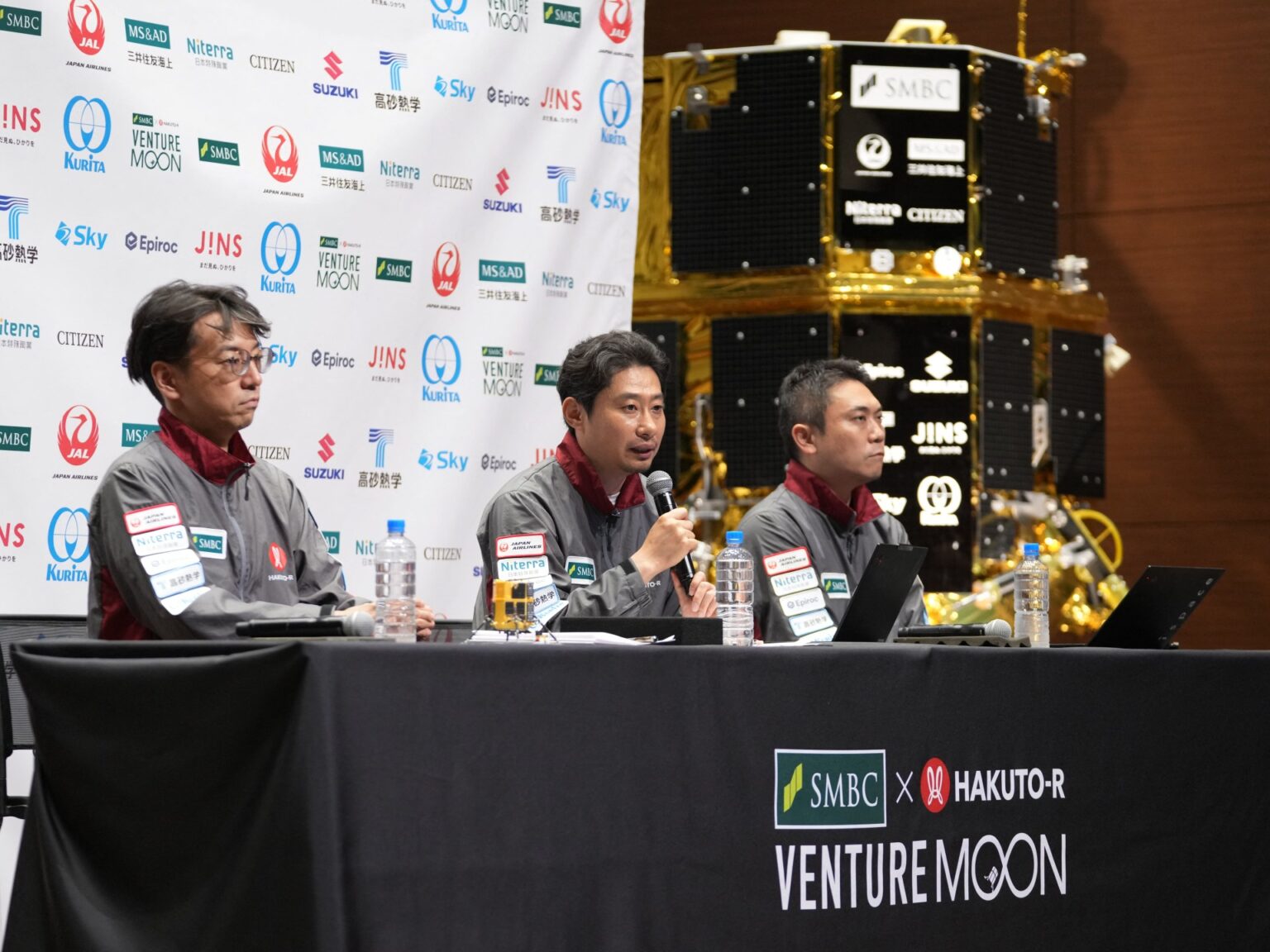The failed mission comes two years after the Japanese start-up’s first moonshot ended in a crash landing.
A Japanese-made private lunar lander has crashed while attempting to touch down on the moon, with its makers officially declaring the mission a failure.
Tokyo-based company ispace said on Friday that its lander, named Resilience, dropped out of lunar orbit as planned and that the mission appeared to be going well.
But flight controllers lost contact with Resilience, which was carrying a mini rover, moments before its scheduled touchdown on the surface of the moon following an hourlong descent. Ground support was met with silence as they attempted to regain contact with the lander and after several hours declared the mission a failure.
The company’s livestream of the attempted landing then came to an abrupt end.
“We have to take seriously what happened,” ispace CEO and founder Takeshi Hakamada said after the failed mission, as he apologised to everyone who contributed.
This is the firm’s second failed attempt to soft land on the lunar surface, coming two years after the Japanese start-up’s first attempt to reach the moon ended in a crash landing.
Launched in December 2022, the firm’s Hakuto-R Mission 1 reached lunar orbit but crashed during its final descent after an error caused the lander to believe it was lower than it actually was.
That mission’s successor, Resilience, was launched in January from Florida on a long, roundabout journey. It shared a ride on a SpaceX rocket with Firefly Aerospace’s Blue Ghost, which, upon reaching the moon first in March this year, made the US firm the first private entity to make a “fully successful” soft landing there.
The 2.3-metre (7.5-foot) Resilience lander was targeting the top of the moon, where the ispace team had chosen a flat area with few boulders in Mare Frigoris, or Sea of Cold, to land.
Resilience was expected to beam back pictures within hours of landing, before ispace’s European-built rover – named Tenacious – would have been lowered onto the lunar surface this weekend. The rover, made of carbon fibre-reinforced plastic and sporting a high-definition camera, would then have scouted out the area and scooped up lunar dirt for NASA.
Resilience was also carrying a toy-sized red house created by Swedish artist Mikael Genberg. Moonhouse, as the model Swedish-style cottage was called, was intended to be the moon’s first “building”, in a nod to Hakamada’s vision of humans living and working there as early as the 2040s.
But ispace’s now second failed landing has left the Japanese entrepreneur’s vision in doubt. The aerospace company’s next, much bigger lander is scheduled to launch by 2027 with NASA’s involvement.
Prior to Friday’s failed mission, the Japanese firm’s chief financial officer, Jumpei Nozaki, promised to continue its lunar quest regardless of the outcome.
But Jeremy Fix, chief engineer for ispace’s US subsidiary, said at a conference last month that the firm does not have “infinite funds” and cannot afford repeated failures.
Company officials said this latest failed mission cost less than the first one – which exceeded $100m – but declined to provide an exact figure.

